performance & outcomes
performance & outcomes
performance & outcomes
The measures of public value, including metrics and systems that organisations use to monitor performance and inform decisions.
core concepts
hit or miss
keywords
culture, effectiveness, leadership & management, operating model
services
business performance reviews, business process mapping/re-engineering, policy review/development,
browse resources
viewing / resources



social cohesion vs diversity